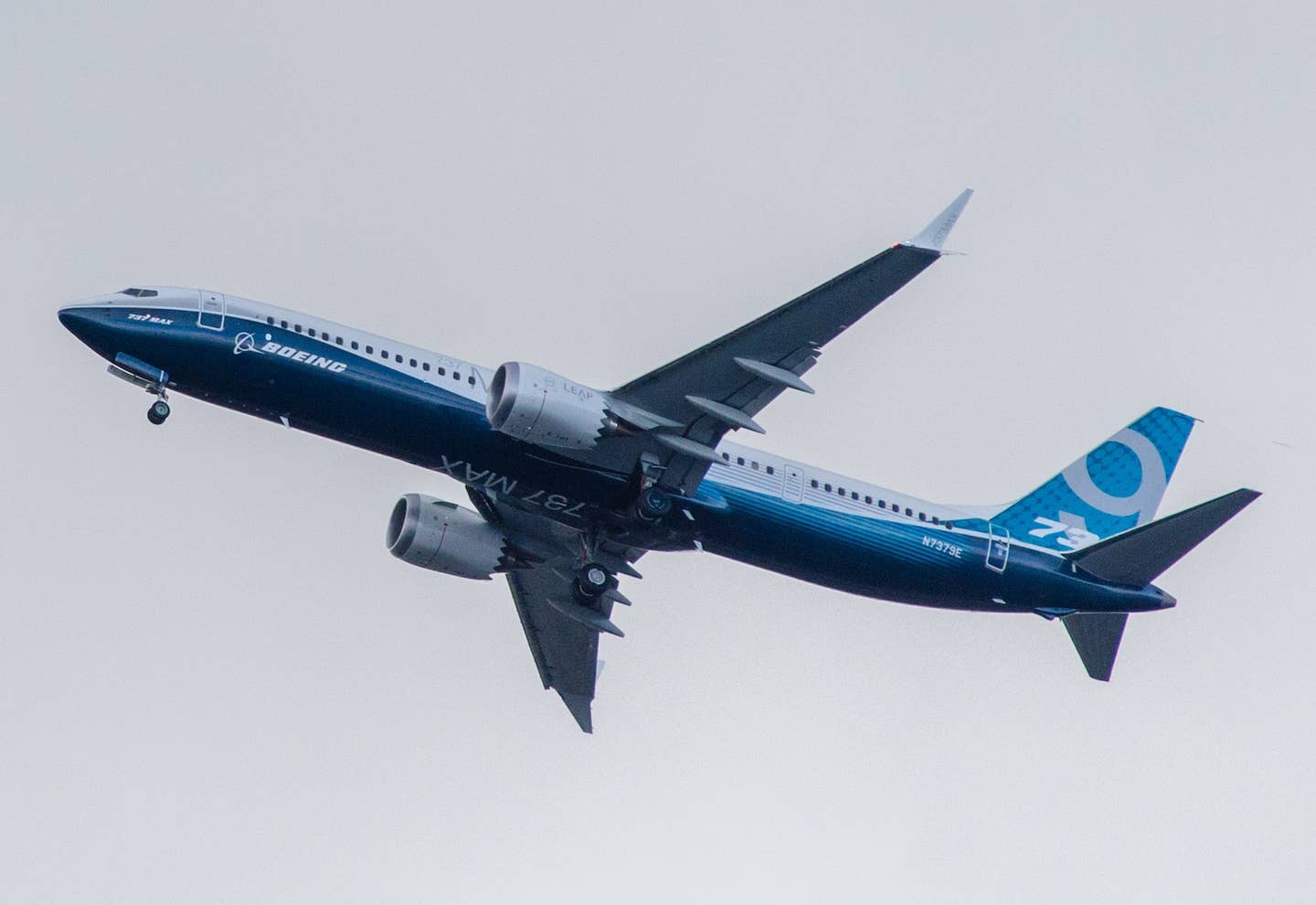737 MAX: FAA Prelim Summary Released, NPRM Imminent
The latest chapter in the Boeing 737 MAX saga debuted today, with the FAA releasing a “preliminary summary” of its formal review of the tasks required to return the airliner…

The latest chapter in the Boeing 737 MAX saga debuted today, with the FAA releasing a “preliminary summary” of its formal review of the tasks required to return the airliner to service. The Notice of Proposed Rulemaking (NPRM) outlining compliance measures is due to be published this week; it contains a 45-day comment period that opens upon publication. Boeing and the FAA recently completed compliance flight checks in Washington state.
“During its evaluation of Boeing’s proposed modifications, the FAA has retained all compliance findings and approvals associated with the design changes related to MCAS,” says the agency, reinforcing that it has not allowed Boeing to self-certify at this stage. “This thorough review has taken more than 18 months and included the full-time work of more than 40 engineers, inspectors, pilots, and technical support staff. The effort represents more than 60,000 FAA hours of review, certification testing, and evaluation of pertinent documents. This has so far included approximately 50 hours of FAA flight or simulator tests and FAA analysis of more than 4,000 hours of company flight and simulator testing.”
The changes have been telegraphed almost from the beginning and boil down to fundamental changes in the way the Maneuvering Characteristics Augmentation System (MCAS) functions. The FAA will require several changes, including reliance on both angle-of-attack sensors (not the one, as previously configured), elimination of MCAS’s ability to provide multiple nose-down commands and a limit on the total amount of nose-down trim the system can apply, and making the “AOA Disagree” annunciation, which had been an option on some aircraft, standard across the board. The FAA is also requiring changes to the flight-control computers to detect other stabilizer-trim failure modes. There are also changes in training and maintenance of the AOA sensors.
During the MAX crisis, the FAA and Boeing have faced increased scrutiny from civil aviation authorities (CAA) around the world, with many threatening to demand fixes beyond what the FAA might propose in order to clear the MAX in other countries. “This Preliminary Summary is part of FAA’s extensive outreach to technical experts from CAAs around the globe to keep them apprised of the agency’s progress and address their concerns about the aircraft,” the agency said. “The FAA is also actively supporting concurrent validation activities of the aircraft by the CAAs of other States of Design of large transport airplanes. Each authority will make its own assessment of the FAA’s process and findings, as well as Boeing’s actions to address the findings.”
The 737 MAX is expected to be cleared for revenue service in October, with aircraft returning to a decimated travel market some weeks after that.






